
When you think of Sicily, a scene from the movie "The Godfather," a part of which was filmed on this Italian island, often springs to mind, but the history and spectacular views this place has to offer are far more impressive than anything you've ever seen in a movie. This is an island full of culture, architecture and nature reserves, which will be remembered for a very long time and if you are planning a trip to Sicily, here is a recommended itinerary for a 10-day vacation where you can take in the best this place has to offer. If you can’t devote 10 full days to Sicily, you can choose your favorite destinations from the itinerary and plan your trip around them. You’ll probably want to return to Sicily once again to make up for what you missed...
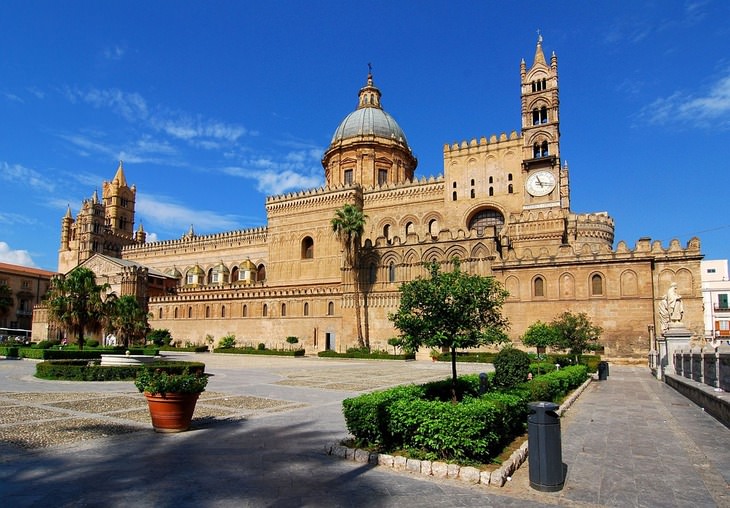
Palermo is the city which most tourists visit when reaching the island, and it’s usually the most logical place to start the journey around Sicily. When you arrive in the city, don’t be tempted to rent a car, since it is very difficult to find parking and the traffic is challenging for those who do not know or aren’t used to traveling in crowded places. Take a stroll, get to know the historic streets of the city and tour the markets. Just before leaving the city, you can rent a car if you’d like.

The recommendation for the second day is a morning tour of the Palermo markets. This is a great way to experience the atmosphere and culture of the city. Towards noon, head to Monreale, an hour's drive away, where you can see one of the largest and most impressive Norman cathedrals in the world. The cathedral is famous for its golden tiles, bronze doors, and huge frescoes. At the top of the building, there is an observation point of the city of Palermo and of the valley behind it called Conca d’Oro, or "golden shell". Not far from there is a Benedictine monastery with an impressive design that includes about 200 pillars decorated with special geometrical shapes.

Start the day with a temporary departure from Palermo and head for the village of Scopello on the west of the island. This is a charming and unique area where you can enjoy bathing in the sea, fishing, diving, and great Mediterranean food. One of the most sought-after attractions in the area is the Zingaro Nature Reserve, which covers an area of 1650 acres and 7 kilometers of clean and pristine coastline. The nature reserve holds many caves, underground tunnels, and colorful flowers decorate every corner.

Levanzo is an island west of Scopello and to reach it you will need a hydrofoil or a ferry from the harbor of Trapani. The magical island is the smallest of the Aegadian islands, with the Genovese Cave, whose walls are engraved with primitive human messages thousands of years old. On the island, you can also see a prehistoric temple and unique archaeological exhibits. After the tour, return to the port of Trapani and from there take a drive to Erice. Built in the Middle Ages, this city is located at an altitude of 750 meters above sea level, from which you can see the amazing valley merging into the sea.
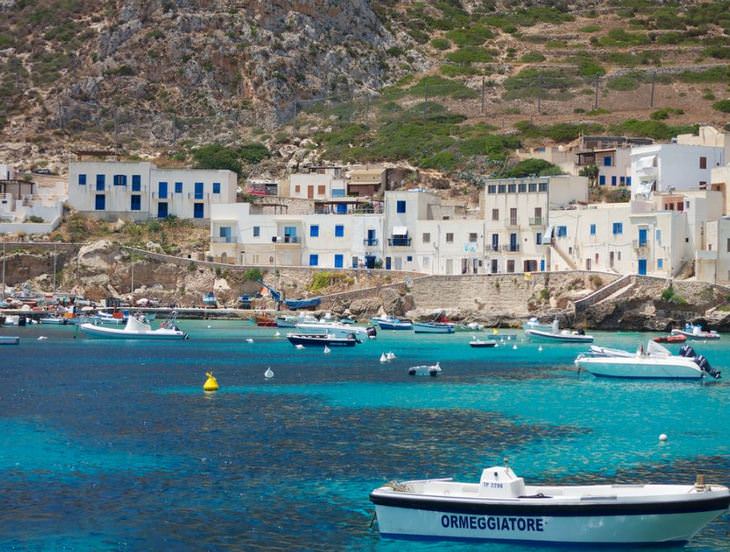
Like many areas of Sicily, the city of Trapani also has many beautiful and historic places that fully reflect the essence of Sicily - an island of battles, conquests and a mixture of cultures. Among the places you'll see on your way are Porta Oscora and the ancient Astronomical Clock, which is also one of the oldest in Europe; The walls of Tramontana, where you will enjoy spectacular views; the Church of San Lorenzo, Church of the College and the Egyptian Church. Among other things, you can take a tour of Trapani's salt reserve, where the Phoenicians mined salt in the city’s distant past. If you are in Sicily during Easter, you can enjoy a ceremony called "Procession of Mysteries" representing the most important traditional event of the year among the local community, which attracts thousands of visitors and is also one of the oldest in Europe. The procession, which includes unique sculptures created using a special construction technique, passes through the whole city and is considered a major tourist event on the island.
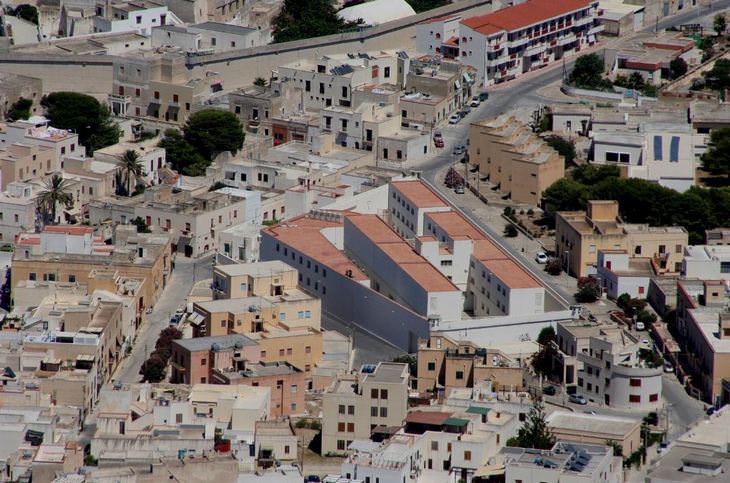
You can’t leave the Sicilian coast without a trip along the ancient salt basins of Trapani which offer windmills, lagoons, and piles of carefully stacked and piled salt, providing a truly unique landscape. You can enjoy a boat trip around the island of Mothia before you get to Marsala, the city known for its excellent local wine. Here you can visit the wine cellars, talk to the people who produce it and enjoy the flavors of the local wine. From Marsala, go to the town of Sciacca, where you are very much advised to arrange accommodation so that you can proceed from there to the next destination on the itinerary.

Drive along the stunning Sciacca coastline to Agrigento, it should take about an hour and a half, and take a guided tour of the amazing archaeological site of the Valley of the Temples. The fascinating site surrounds the ancient city of Akragas known in the well-preserved Concordia Temple, which is one of the high ridge temples that served as a sign of the sailors returning home from a long voyage. From there continue towards the city of Piazza Armerina, where you can tour the streets of the old city, and then drive to the Roman villa in Casale, which is 5 kilometers away. The magnificent imperialist villa whose construction began at the end of the 4th century CE belonged to a Roman family of the upper class. The magnificent country house, which should be called a palace, is full of beautiful and unique mosaics that have been preserved almost entirely since that time. They include figures from mythology, animals, domestic scenes, vegetation, and life, as well as columns and baths that testify to the wealth of the owners.

You can’t speak about Ragusa without Modica and vice versa, these beautiful cities built on high cliffs, and the breathtaking view reflected on them makes them mandatory destinations for tourists. The city of Ragusa can be used to tour beautiful and preserved churches built in different periods of history, such as the Santa Maria della Scala Church, which is built in the Gothic style, the Church of San Giorgio, the Church of San Giuseppe and many others. The city has markets and stalls that invite you to taste the culinary richness of the charming area and enjoy all the abundance of local produce. In Modica, which is world-famous for its special chocolate, you can take a chocolate tour and experience a chocolate tasting, explore caves and visit some of the churches around the magical city.
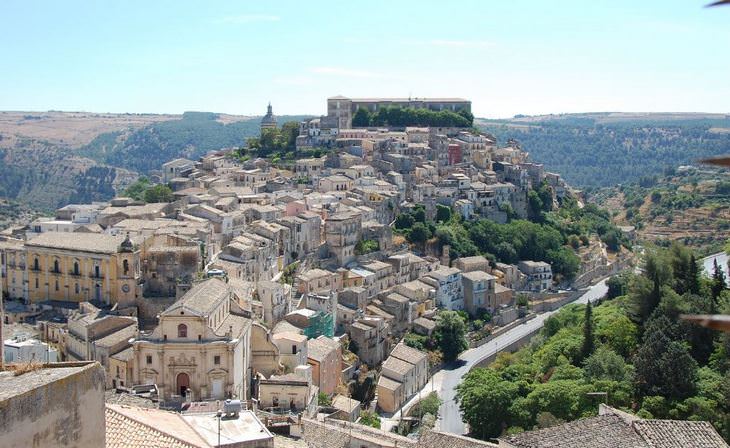
This is a day that you will spend exploring the wonderful city that was once one of the largest Greek cities in the ancient world, even bigger than Athens. Explore the Neapolis Archaeological Park with a local guide, best known for its famous Greek amphitheater, and stroll through the narrow streets of Ortega island, which is connected to the city by two bridges. On the magical island there are many markets and shops, museums and restaurants, so you should take advantage of your time here. The most famous attraction in Ortega is the Cathedral of Syracuse, which offers an architectural and historical perspective that helps to understand the different periods in which Sicilian forces ruled.
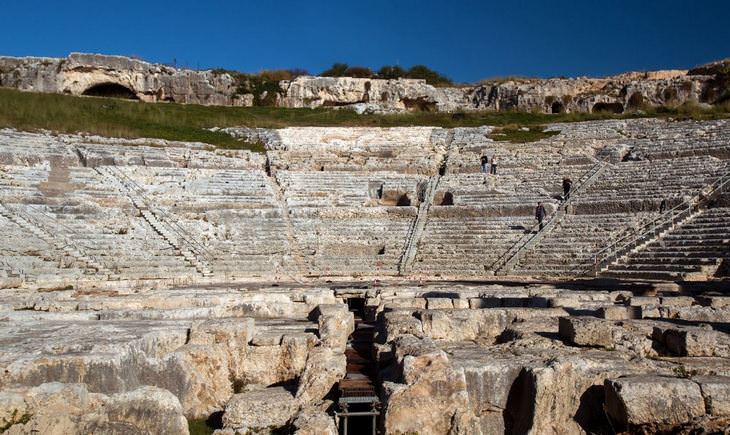
If you do not like long walks that include hiking on mountains, a short tour around active volcano Etna, can be a great attraction for your last day in Sicily. Taking in the enchanting scenery that can be seen in the vicinity of the volcano, which merges with the craters and vineyards at its foot, is an unforgettable experience. From there continue to the picturesque village of Cefalù, where you can visit the beautiful and famous cathedral there, and enjoy a pleasant tour of the nearby coastline that stretches for many kilometers. Visit the ancient streets of the village and then continue to the last stop of your trip - Palermo, where you can prepare for your flight back home!
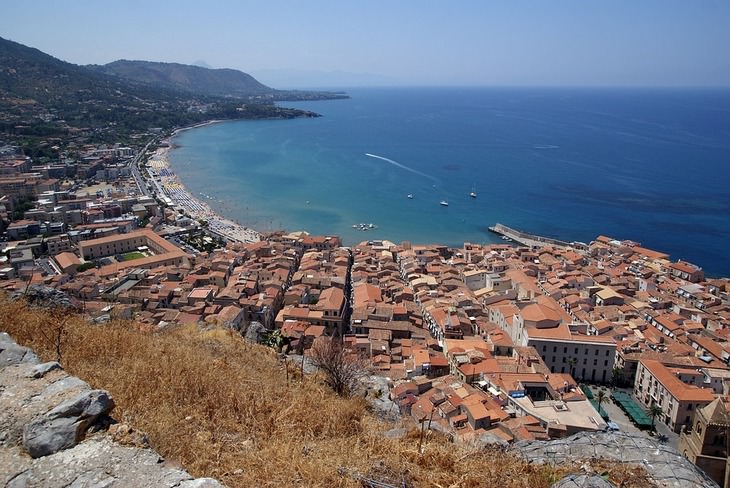
Now, after 10 days of enjoyable and unforgettable travel, you can return home with a big smile on your face, lots of experiences that will accompany you for a lifetime and a hunger to plan your next trip!
image source: Amergin, Ania Mendrek, jeffrey.pick, Biggs, Alain Muller, ANSELM PALLÀS, Andrea Schaffer